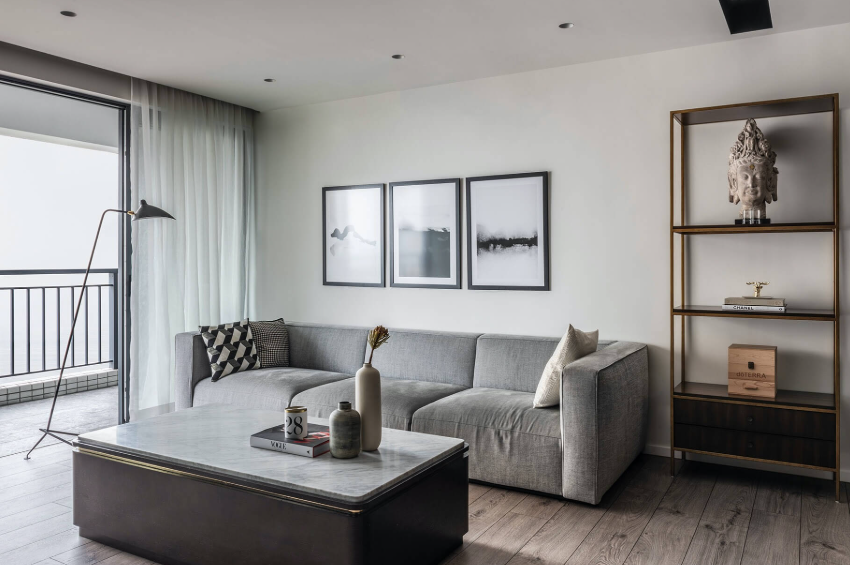Skirting, often called baseboards, is a subtle yet essential architectural feature found at the junction where walls meet floors. While it primarily serves protective functions, skirting also plays a key role in creating visual definition and enhancing the appearance of floor transitions. By outlining the edge of the floor with a clean, structured line, skirting can elevate the aesthetics of any room.
Enhances the Room’s Overall Framing
Just as picture frames define artwork, skirting frames the floor, adding a clear visual boundary that completes the look of a space. This framing effect gives the room a well-structured and intentional design. Without skirting, the transition between the wall and the floor may look unfinished or abrupt. Skirting brings visual balance and ties together different interior elements, especially in rooms with detailed flooring or patterned tiles.
In homes with open floor plans, skirting can help subtly differentiate zones or spaces without the need for physical dividers. The consistency of skirting running throughout the home creates a visual thread that enhances flow from one room to another.
Smoothly Connects Contrasting Materials
Modern homes often mix materials—tile in bathrooms, hardwood in living rooms, or laminate in hallways. These changes in flooring type can sometimes appear jarring. Skirting helps create a smooth transition between different materials by acting as a neutral buffer. It reduces contrast between surfaces and softens the visual impact of material shifts.
For example, when tile meets painted drywall, skirting provides a visual bridge that blends the two together. It masks any uneven cuts or minor gaps at the base of walls, keeping the finish neat and continuous.
Offers Decorative Possibilities
While skirting is functional, it can also be decorative. With a variety of profiles, sizes, and finishes available, skirting becomes an opportunity to express style. From sleek, flat boards for a contemporary look to ornate, routed profiles for more traditional settings, skirting allows customization in subtle but meaningful ways.
Paint color also plays a role. White skirting is timeless and fresh, but painting skirting to match the walls can create a minimalist, seamless appearance. Alternatively, using a contrasting color can draw attention to the skirting as a design feature in its own right.
Complements Flooring Choices
Skirting is particularly effective in enhancing the visual presentation of quality flooring. In homes with polished hardwood, natural stone, or high-end vinyl planks, skirting acts like a picture frame that draws attention to the floor’s texture and tone. It can be matched to the floor for continuity or contrasted for emphasis.
By defining the edges of the room, skirting prevents the floor from appearing to “float” without boundaries. This visual grounding gives the space a more intentional and cohesive design.
Improves the Visual Flow Across Rooms
When the same skirting style is used throughout the property, it helps unify the interior design. Even if different rooms have different flooring materials or wall treatments, consistent skirting gives a sense of rhythm and order. It provides a visual pathway that leads the eye through the space, enhancing the sense of connection between areas.
Conclusion
Skirting does more than just protect the bottom of walls—it adds shape, definition, and polish to floor transitions. By framing the perimeter of a room, blending material changes, and complementing interior styles, skirting serves as a small detail with a large impact. For anyone looking to create a clean, cohesive, and visually appealing interior, skirting is an essential finishing touch.



